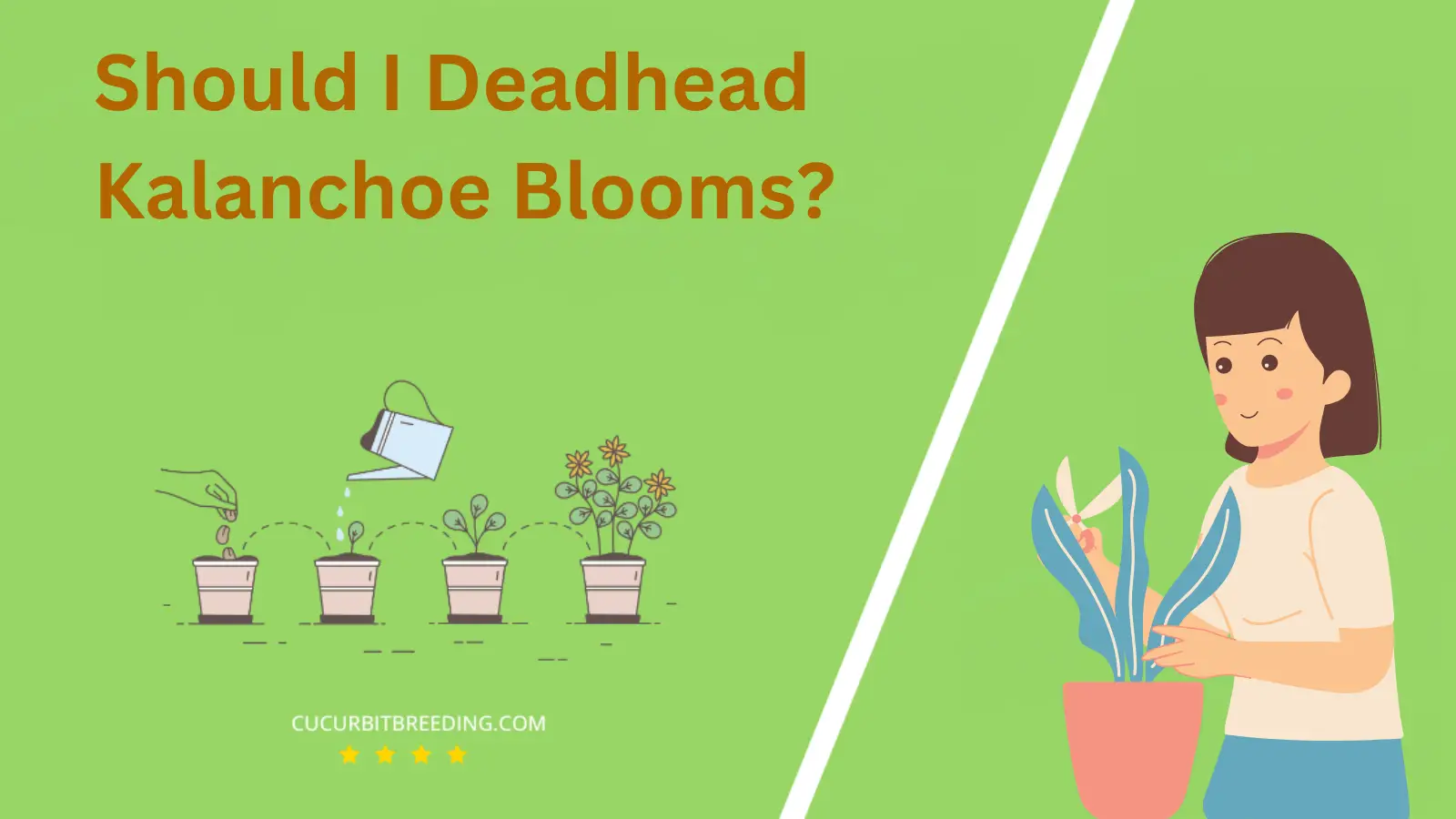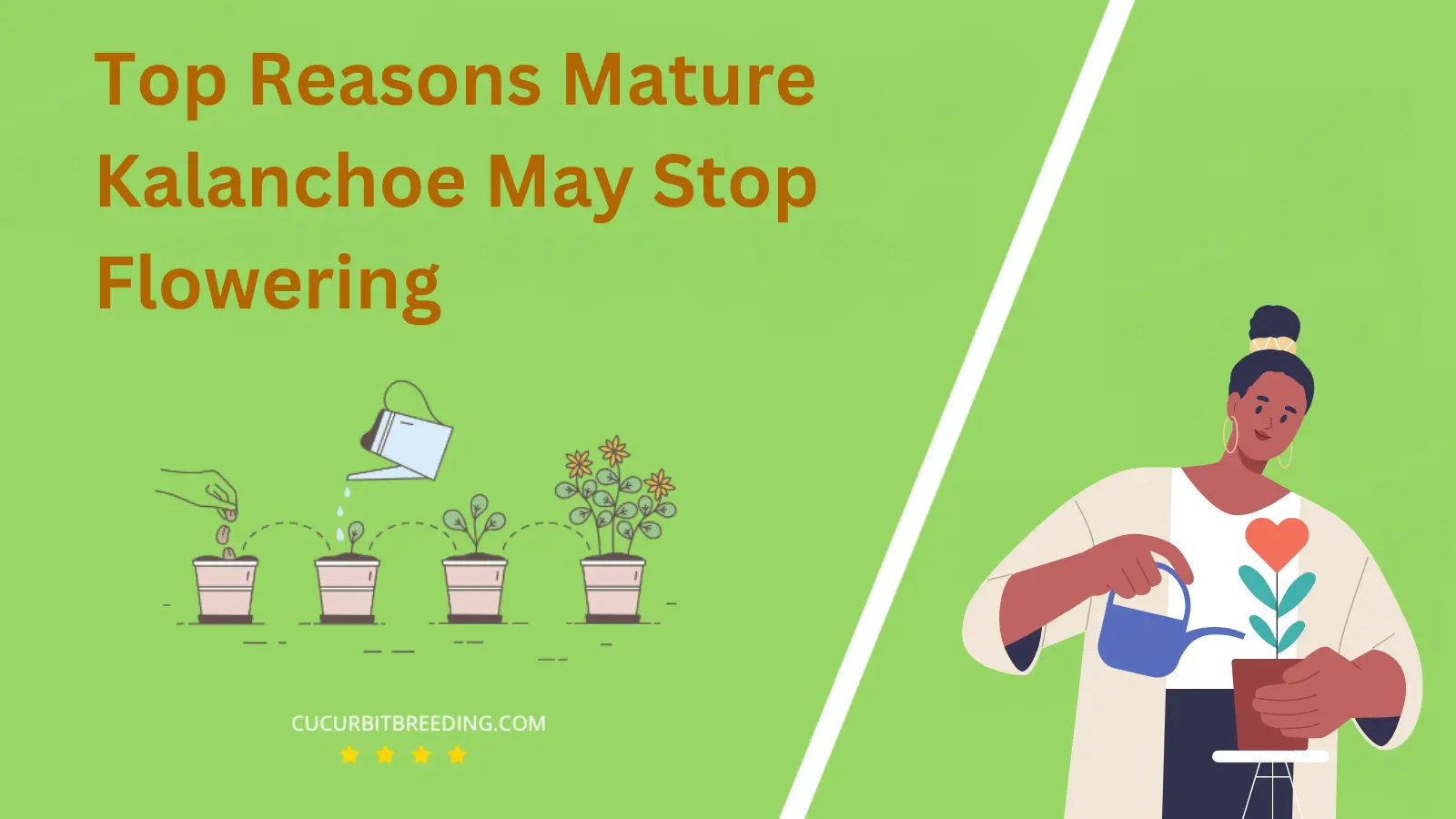
Have you ever wondered, when do Kalanchoe bloom? These vibrant, succulent plants are known for their stunning flowers that seem to burst into life almost magically. However, understanding their blooming cycle can be a bit of a mystery.
Unravel the enigma of Kalanchoe and uncover the secrets of their blooming behaviors as we delve into the captivating world of these unique plants.
When Do Kalanchoe Bloom?
Kalanchoes typically bloom during late fall to early spring. However, with proper care, they can bloom at other times of the year as well. The blossoming period usually lasts several weeks, where they showcase vibrant colors of red, pink, yellow, or white in their flowers. The exact timing of bloom can vary based on the specific species of Kalanchoe and the growing conditions. It is important to note that these plants need plenty of sunlight and a rest period with cooler temperatures to encourage blooming.
| Stage | Description |
|---|---|
| Germination | Year-round (all months) |
| Growth | Spring to summer (March-July) |
| Blooming | Winter (December, January, February) |
| Dormancy | Dormancy period: Winter (December – February). |
How Long Do Kalanchoe Bloom?
Kalanchoe plants typically bloom for a period of 8 weeks. This flowering period usually takes place during the cooler months of the year, often beginning in January and continuing through to March. In ideal conditions, some varieties can bloom again later in the year. However, it’s important to remember that various factors such as temperature, lighting conditions, and care can impact the blooming time.
How Light Affects Kalanchoe Blooms?
Kalanchoe, a type of flowering houseplant, requires a specific lighting condition to bloom. They need plenty of sunlight, ideally a minimum of eight hours of bright, indirect light per day, for optimum blossoming. However, it is noteworthy that they also require a period of darkness to encourage bloom. An extended dark period, commonly referred to as a ‘resting period’ or ‘night period,’ initiates the blooming process.
This period normally involves 14 hours of complete darkness every day for six weeks. During this phase, it’s essential for the plant’s environment to be free from any source of light, including artificial light. So, it’s not just light but the pattern and period of light and darkness together that influence the bloom of this ‘daylength-sensitive’ plant. Combined with proper watering and temperature control, manipulating light exposure can trigger bloom in the Kalanchoe.
Will Kalanchoe Bloom the First Year You Plant It?
Yes, a Kalanchoe plant is capable of blooming within the first year of planting under the right conditions. It requires proper care, including a significant amount of sunlight, adequate watering, and suitable temperature ranges. However, keep in mind that the exact timing of blooming can vary, as it depends on the specific cultivar and the growing conditions provided.
Will Kalanchoe Bloom Every Year?
Yes, a Kalanchoe plant is capable of blooming every year. This typically happens during late winter and through the spring, provided it is cared for correctly. However, it’s important to note that after the initial blooming, the plant needs a period of ‘rest’ to prepare for the next blooming cycle. This involves reducing water, maintaining a cool temperature, and limiting light exposure for about six weeks.

Should I Deadhead Kalanchoe Blooms?
Yes, you should deadhead Kalanchoe blooms. Deadheading, or the process of removing faded or dead flowers, can help encourage the plant to produce more blooms. It also helps the plant to conserve energy, maintain a neat appearance, and prevents the potential for disease.
Top Reasons Mature Kalanchoe May Stop Flowering

The mature Kalanchoe may stop flowering for several reasons. The first reason might be improper lighting. Kalanchoe requires a lot of sunlight to thrive and produce flowers. If the plant is not getting enough light, it may stop flowering.
Another reason can be incorrect watering. Overwatering or underwatering can stress the plant and prevent it from flowering. Kalanchoe prefers a well-draining soil and does not do well in waterlogged conditions.
Finally, a lack of nutrients can also cause a Kalanchoe to stop flowering. These plants need a balanced fertilizer to provide the necessary nutrients for growth and flower production. If the plant is not getting enough of these nutrients, it may stop producing flowers.